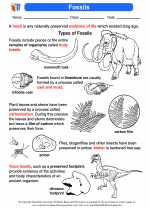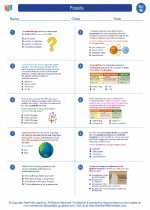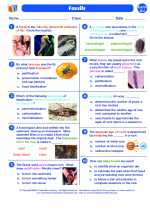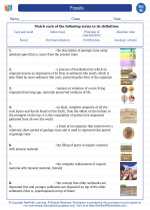Rodents
Rodents are a diverse group of mammals that make up almost half of all mammal species. They are characterized by a single pair of continuously growing incisors in each of the upper and lower jaws.
Anatomy and Characteristics
One of the defining features of rodents is their incisors that grow continuously throughout their lives. These incisors are kept in check through constant gnawing and chewing on various materials. Rodents also have a pair of large, sharp-edged, and chisel-shaped upper and lower incisors.
Diversity
There are over 2,000 different species of rodents, and they are found in almost all terrestrial habitats. Some common examples of rodents include mice, rats, squirrels, beavers, and guinea pigs. Rodents play various ecological roles, serving as prey for larger animals, seed dispersers, and even as pests in some cases.
Reproduction
Most rodents have a high reproductive rate, with short gestation periods and large litters. This allows them to quickly repopulate and adapt to changing environmental conditions.
Ecological and Economic Impact
Rodents have a significant impact on ecosystems and human societies. While some rodents are considered pests due to their tendency to damage crops and spread disease, others are important for ecosystem health and balance.
Study Guide
- What are the defining characteristics of rodents?
- Give examples of different rodent species and their habitats.
- Explain the ecological and economic impact of rodents.
- How do rodents' incisors differ from those of other mammals?
- Discuss the reproductive strategies of rodents.
Understanding the biology and ecological roles of rodents is important for appreciating their significance in the natural world and in human societies.
[Rodents] Related Worksheets and Study Guides:
.◂Science Worksheets and Study Guides Eighth Grade. Fossils

 Activity Lesson
Activity Lesson
 Worksheet/Answer key
Worksheet/Answer key
 Worksheet/Answer key
Worksheet/Answer key
 Worksheet/Answer key
Worksheet/Answer key
 Worksheet/Answer key
Worksheet/Answer key
 Vocabulary/Answer key
Vocabulary/Answer key
 Vocabulary/Answer key
Vocabulary/Answer key
